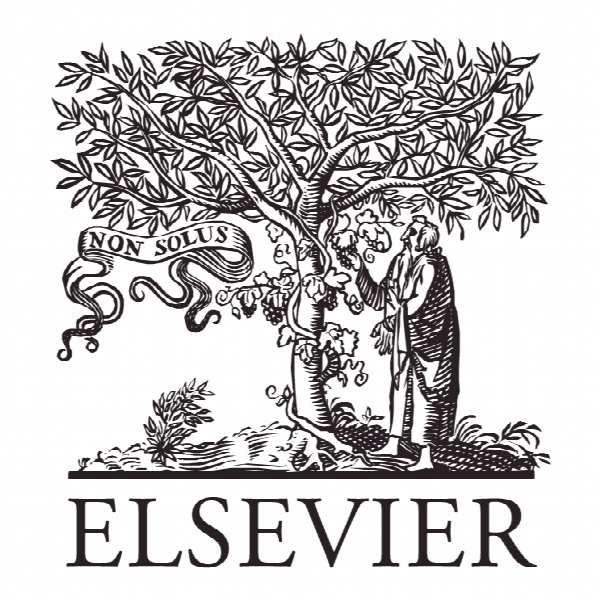عینیت نام تجاری صنعتی بر روی مزیت منابع Building industrial brand equity on resource advantage
- نوع فایل : کتاب
- زبان : انگلیسی
- ناشر : Elsevier
- چاپ و سال / کشور: 2018
توضیحات
رشته های مرتبط مدیریت
گرایش های مرتبط بازاریابی
مجله مدیریت بازاریابی صنعتی – Industrial Marketing Management
دانشگاه Ohio University – Athens – OH – USA
شناسه دیجیتال – doi https://doi.org/10.1016/j.indmarman.2017.11.009
منتشر شده در نشریه الزویر
کلمات کلیدی انگلیسی Industrial brand, Brand equity, Customer perceived value, Brand loyalty, Resource advantage theory of competition, Buying center
گرایش های مرتبط بازاریابی
مجله مدیریت بازاریابی صنعتی – Industrial Marketing Management
دانشگاه Ohio University – Athens – OH – USA
شناسه دیجیتال – doi https://doi.org/10.1016/j.indmarman.2017.11.009
منتشر شده در نشریه الزویر
کلمات کلیدی انگلیسی Industrial brand, Brand equity, Customer perceived value, Brand loyalty, Resource advantage theory of competition, Buying center
Description
1. Introduction In today’s global business-to-business environment, successfully establishing prominent industrial brand equity has been considered a foundation for sustaining relational exchange (Backhaus, Steiner, & Lugger, 2011; Marquardt, 2013; Nyadzayo, Matanda, & Ewing, 2016). By definition, industrial brand equity represents total customer value a brand holds based on a set of salient brand associations in customers’ eyes (Aaker, 1996; Bendixen, Bukasa, & Abratt, 2004; Mudambi, 2002). Although some useful guidelines for building industrial brand equity have been depicted, such as the capabilities-centric branding approach based on firms’ entrepreneurship, learning, and innovation capabilities (Beverland, Napoli, & Lindgreen, 2007), a number of research gaps can be found in view of the shaping characteristics of today’s competitive, high-technology, and global industrial marketplace. Parallel to exploring consumer-based brand equity dimensions based on consumers’ consumption process (Anselmsson, Johansson, & Persson, 2007; Christodoulides & Chernatony, 2010), current understanding of industrial brand equity dimensions is mainly based on a series of salient customer value elements identified in the core industrial reproduction process. These customer value elements are based on the features of industrial products and services a customer firm uses for enhancing productivity, such as quality, reliability, durability, delivery time, expertise, and so on (Bendixen et al., 2004; Beverland et al., 2007; Persson, 2010). Nonetheless, on the firm level, there are a variety of customer value elements beyond those associated with industrial reproduction (Leek & Christodoulides, 2012; O’Cass & Ngo, 2012). For example, social capital has been recognized as an important element of customer value (Eklinder-Frick, Eriksson, & Hallén, 2011). For this reason, a broader spectrum of industrial brand equity dimensions should be explored. Moreover, existing conceptualization and measurement of industrial brand equity have not been aligned with the competitive nature of customer value in the industrial marketplace. In the industrial market, customer value is largely represented by “resonating focus,” which is the core points of difference against competitors in target customers’ eyes (Anderson, Narus, & van Rossum, 2006). An industrial brand possesses little customer value and vanished brand equity in circumstances that customers choose to use an alternative brand with greater customer value (Bendixen et al., 2004; Riel, Montagnes, & Streukens, 2005). Thus, to better understand branding in business-to-business competitions, we need to closely examine the comparative nature of industrial brand equity beyond the general brand value concept. Third, successful industrial brands should be built on the nuanced customer experience of a brand (Biedenbach & Marell, 2010; Zaichkowsky, Parlee, & Hill, 2010; Zhang, Jiang, Shabbir, & Du, 2015).


